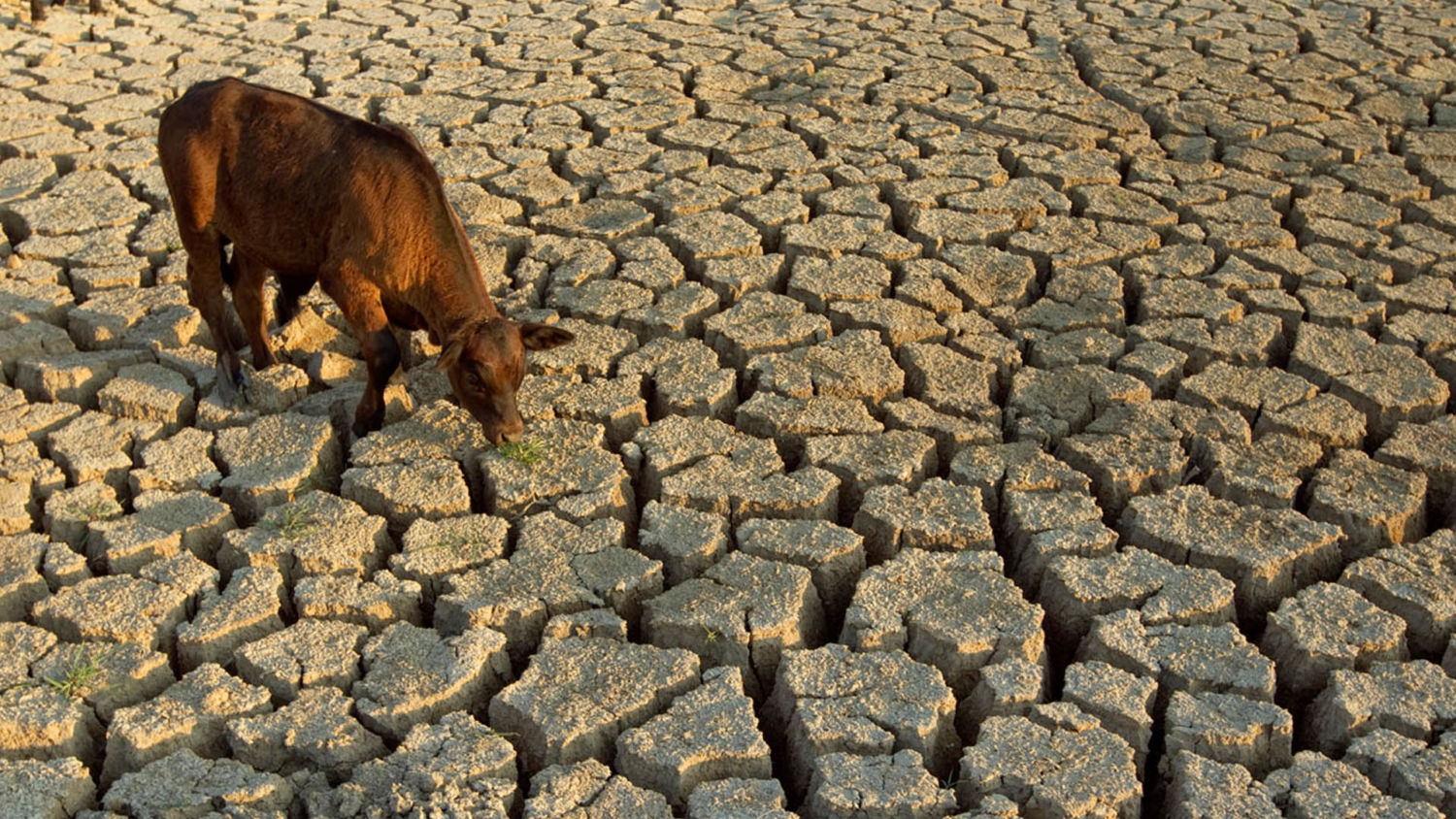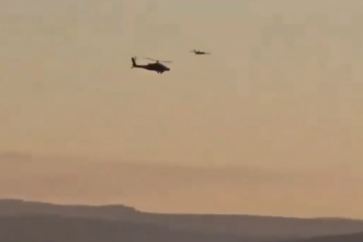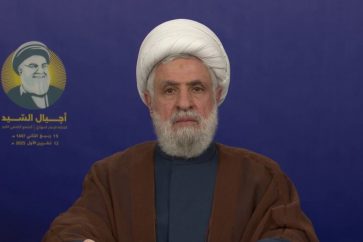A quarter of the world’s population across 17 countries faces “extremely high” water stress, meaning they are using more than 80% of the water they have every year, according to a report released Tuesday by the World Resources Institute (WRI).
“Water stress is the biggest crisis no one is talking about. Its consequences are in plain sight in the form of food insecurity, conflict and migration, and financial instability … Failure to act will be massively expensive in human lives and livelihoods,” Dr. Andrew Steer, President and CEO of the WRI, said in a Tuesday press release. The WRI used Aqueduct’s global water risk mapping tool to rank countries based on water stress, drought risk and riverine flood risk, which is based on peer reviewed methodology.
And the growing shortages are fueling the risk of conflict in such countries, concentrated in the Middle East and North Africa, the researchers say.
The report found that Qatar is the globe’s most water-stressed country, followed by occupied Palestine, Lebanon, Iran, Jordan, Libya, Kuwait, Saudi Arabia, Eritrea, the United Arab Emirates, San Marino, Bahrain, India, Pakistan, Turkmenistan, Oman and Botswana.
Twelve out of the 17 countries facing “extremely high” water stress are in the Middle East and North Africa, but India, which ranked as the 13th most water-stressed country, is three times more populous than the other 16 countries on the list combined. The Indian city of Chennai has been in the limelight this year over its ongoing water crisis. In June, city officials revealed that “Day Zero” had been reached, as the four main reservoirs that provide the city with water had gone dry.
Although the US as a whole ranked 71st on the list, several states, including New Mexico and California, were found to have high levels of water stress, with the former’s level being comparable to the UAE’s.




